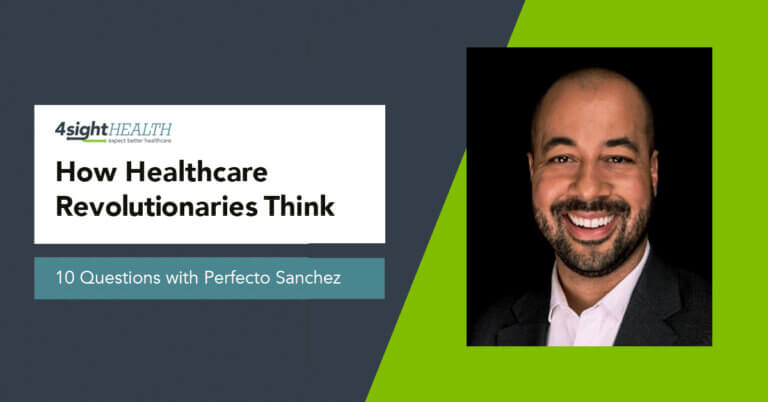November 20, 2019

From Fragmented to Coordinated: Cancer Care Solutions for Communities
Cancer is America’s second leading killer behind heart disease and accounts for one quarter of total U.S. deaths.[1] Cancer constitutes over 100 diseases, typically categorized by organs (breast, lung, colon, etc.). Almost 40% of Americans will receive a diagnosis of cancer in their lifetimes, most with a bleak prognosis. Despite the promise of breakthrough therapies from cancer research, there is little evidence of widespread efficacy to treat these mutated cells. Cancer grows mysteriously and rapidly and remains a deadly, expensive and unpredictable fight.
Removing diseased cells and limiting their spread and reoccurrence are the two primary approaches to cancer treatment. The war against cancer remains a tactical fight American communities battle on these fronts:
- Prevention
- Better and earlier diagnosis
- Standardized and comprehensive care protocols
- Holistic, patient-centric treatment
- Rigorous follow-up and ongoing monitoring
Healthcare “blocking and tackling” on the community level delivers effective cancer care. To treat cancer, providing evidence-based treatments and coordinated, patient-centric delivery will provide superior outcomes and prolong lives. This requires logistical, organizational, administrative and technological coordination.
Genetic mutations at the molecular level trigger uncontrollable growth of cancer cells. These cells attack the body’s organs and immune system. While medical science has begun to understand the biology of cancer at the molecular level over the last 30 years, the true causes of cancer remain complex and impossible to fully understand.
Dr. Siddhartha Mukherjee’s Pulitzer Prize-winning biography of cancer, “The Emperor of All Maladies” states: “Down to their innate molecular core, cancer cells are hyperactive, survival-endowed, scrappy, fecund, inventive copies of ourselves.” Until medicine can crack cancer’s genetic code, cancer prevention and treatment requires avoidance of known carcinogens, adopting healthy behaviors and applying proven surgical/medical treatment regimens.
According to the American Society of Clinical Oncology’s 2017 report, “State of Cancer Care in America,” cancer care is administratively burdensome, costly and complex. It faces regulatory, business and operational challenges at the expense of resources to patients. It requires a variety of specialists in multiple locations.
Providers currently offer care in a variety of settings: onsite through owned services, or through a coordinated network of physicians, affiliates and satellites. In 2016, providers spent $15.4B and 785 hours per physician to meet reporting requirements alone.[2] Overhead, administrative costs, and increases in drug prices contributes to rising cancer treatment costs.
Better screening, earlier diagnosis, more intense and disease-specific treatment regimens and greater access to comprehensive treatment will improve cancer care. Better protocols, improved coordination, more patient-centric care delivery and enhanced patient education and engagement will increase efficacy at community centers and deliver superior outcomes.
Platforming cancer care in a traditionally fragmented sector improves quality of care, while reducing costs and administrative burden. CEO Tom Weiss says, “We don’t take over, we just support providers so they can do what they do exceptionally well.” Coordinated cancer treatment works to deliver the right care at the right time in the right place for the right price. For more information on this topic, please read the full Market Corner Commentary here.





